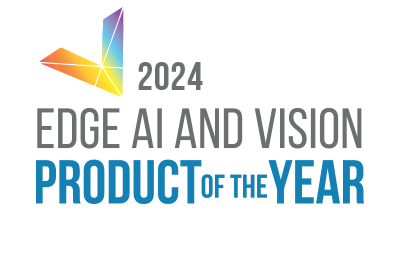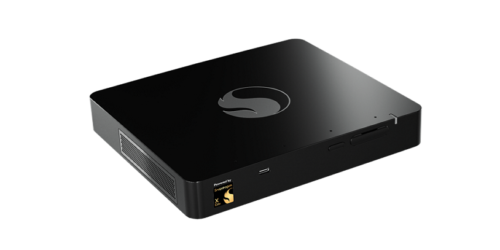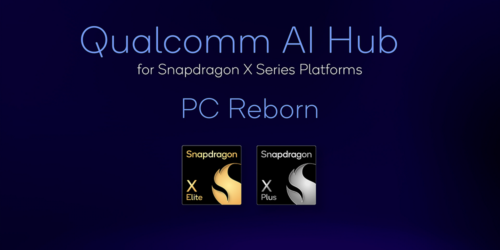Computer Vision Market to Grow by 81% and Hit a $47 Billion Value by 2030
After a massive 30% drop in 2022, the computer vision market has picked up the pace of growth, driven by continuous improvements in AI and machine learning and the increasing integration of computer vision across sectors. According to data presented by AltIndex.com, the global computer vision market is expected to grow by 17% and hit […]
Computer Vision Market to Grow by 81% and Hit a $47 Billion Value by 2030 Read More +











